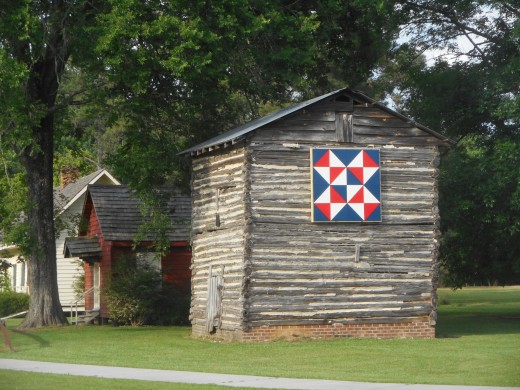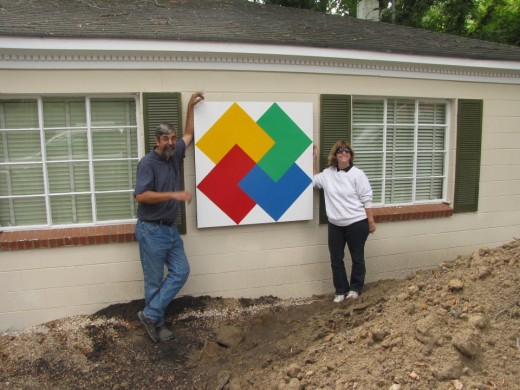The Quilt Trails of the Tar and Roanoke Rivers
Conception to Reality
In central North Carolina nestled between hickory and oak forest, cow pastures, and small towns is a strong community of artists - visual, literary and musical - who have been quietly honing their crafts for many years. Some of those artists, members of Franklin county Arts Council, had the idea that with hard work and organization they could celebrate the talent, history, and culture of their region. The Quilt Trails of the Tar River was conceived. It has taken the efforts of many volunteers to bring the conception to reality. Marketing, construction, priming, drawing the design and painting them, and then installing the blocks are some of the tasks involved in creating the Quilt Trails of the Tar River.
The trail has grown from the first block painted and installed by Stephen Filarsky in 2011 to 67 blocks spanning seven counties in central and eastern North Carolina in 2018. The name has changed to Quilt Trails of the Tar and Roanoke Rivers. The aim is to follow those rivers all the way to the coast.

Quilt Trail Celebration
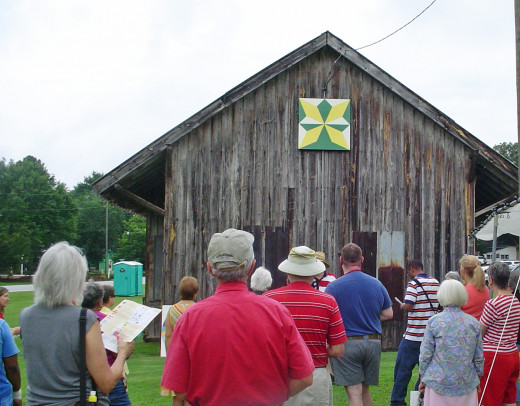
Weldon Mill in Henderson, NC
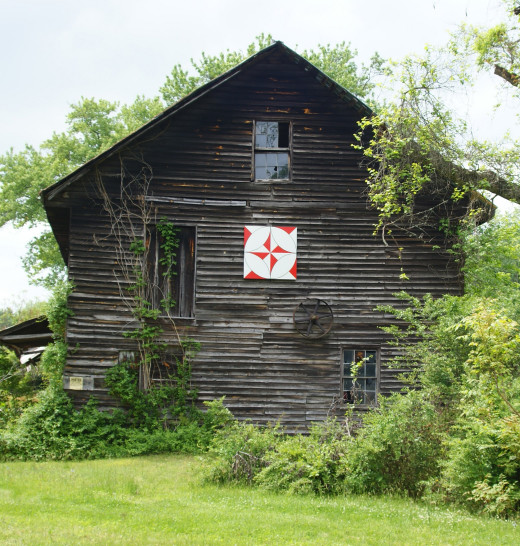
Origin of Quilt Trails Born in Ohio
The first quilt trail began when Donna Sue Groves of Ohio hung a quilt block on her barn in honor of her mother. From that single block quilt trails have spread to thirty states and to Canada. Western North Carolina boasts over two-hundred quilt blocks in six counties. The Quilt Trail of the Tar River is the first such trail in the central and eastern part of the state.
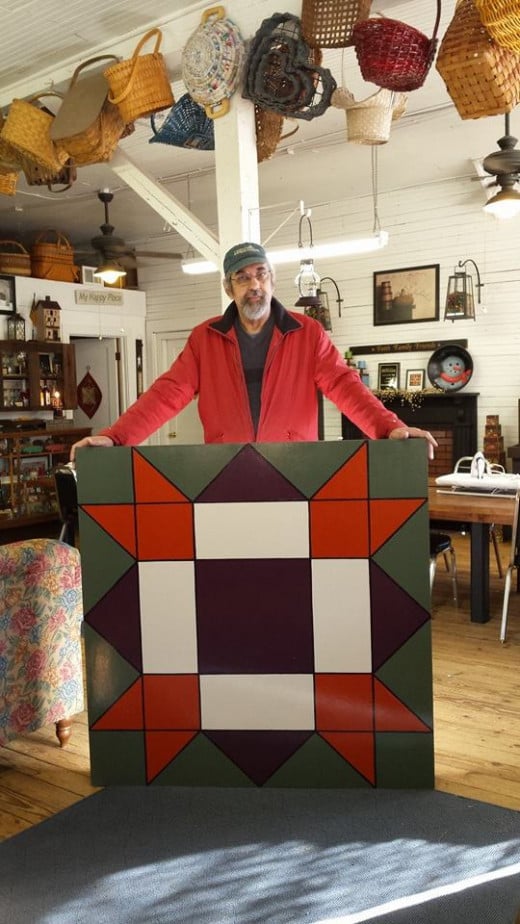
Growth and Local Support
Supported in part by a grant from the Franklin County Tourism Development Authority, the trail meanders along its route telling the story of the Tar and Roanoke River region block by block. The quilt trail helps tourists learn about this part of North Carolina's rich history and culture. Visitors to the area are finding the quilt trail a pleasant day trip, drawing them into a beautiful countryside of gently rolling tree-shaded roads through farmland, small picturesque towns and rural communities. It is only a short drive from the Triangle area which includes Raleigh, Durham and Chapel Hill. Many of the quilt blocks lead followers to small businesses like shops, galleries, inns, and restaurants as well as historical landmarks.
Sally Johnson from West Yarmouth, Massachusetts was drawn to to the Quilt Trail of the Tar and Roanoke Rivers through a Facebook friend, Jennifer Thomas, who has a block on her home in Henderson, North Carolina.
Ms. Johnson said, "We are both quilters and I came to the area in April because I was teaching a class with Debbie Lou Powell. I love the concept of how the area represents the heritage of our country. I love the old fashion country style and love how the buildings look with the quilt blocks displayed on them. If I lived in the area I would for sure have one on my home."
The quilt blocks are square, wooden blocks sold in 2 by 2, 4 by 4, and 8 by 8 sizes. They are painted with a single quilt block pattern. For an extra fee the quilt pattern can be painted directly onto a building. A history of the building is included on the brochure and on the FCAC website, adding to the experience of following the trail, which now reaches beyond the boundaries of Franklin County to Vance, Granville, Warren, Wake, Nash, Martin and Pitt counties. It just keeps on growing.
For More Information
Email equeen@fcacarts.org or go to FCACARTS.org and click on the Quilt Trail tab to learn more about the trail and see images of the quilt blocks.
You can also see images at Pinterest.com/franklincountya/
Quilt block on tobacco barn in Moratoc Park on the Roanoke River in Williamston, NC
